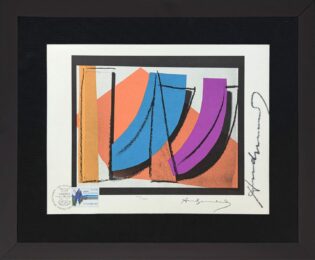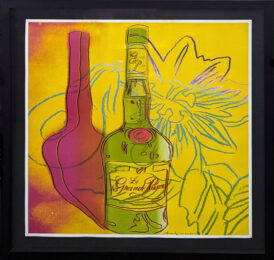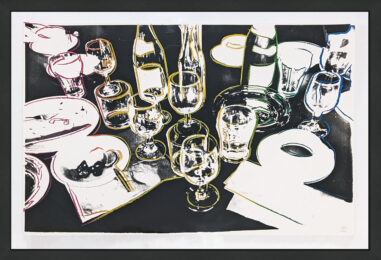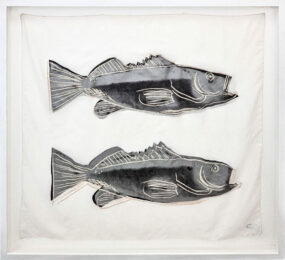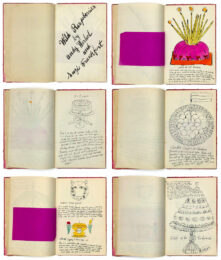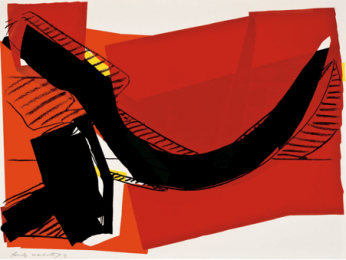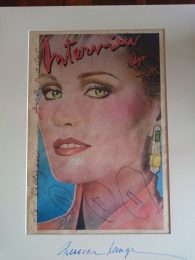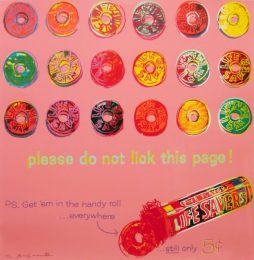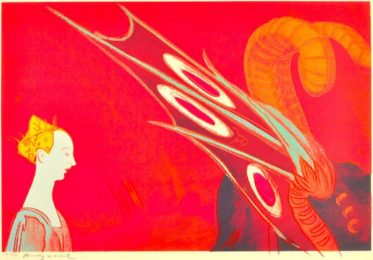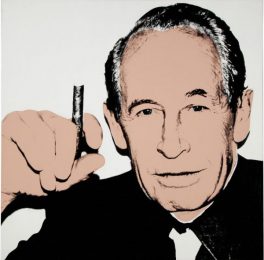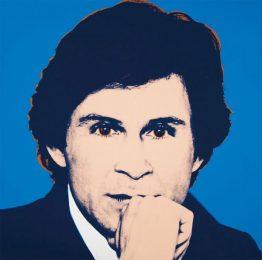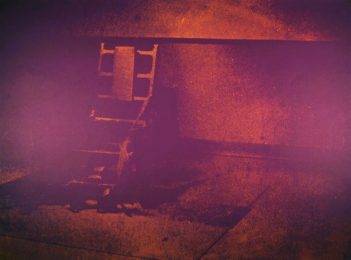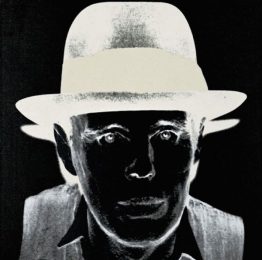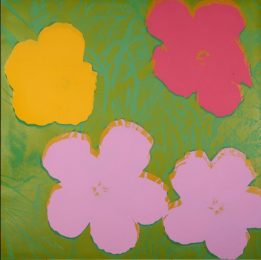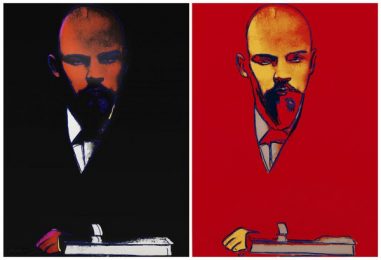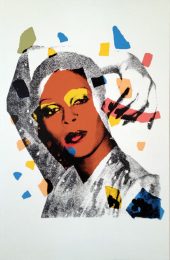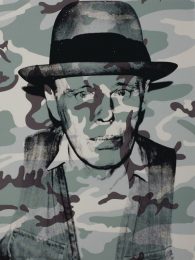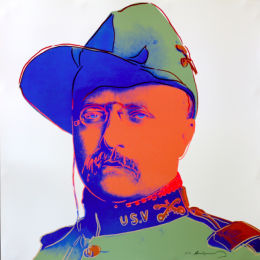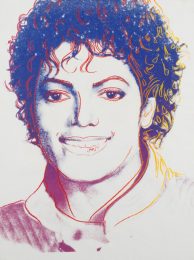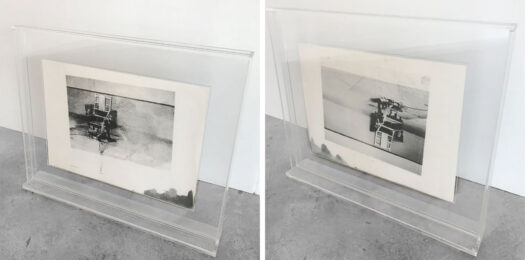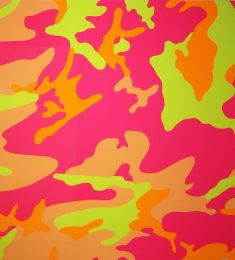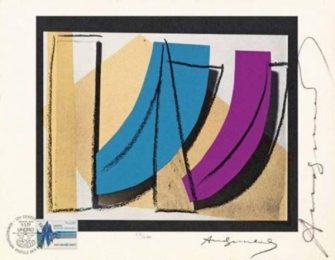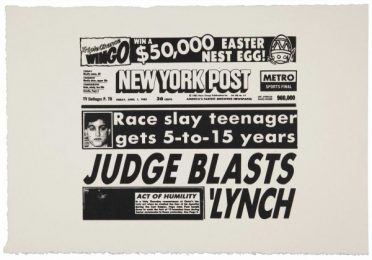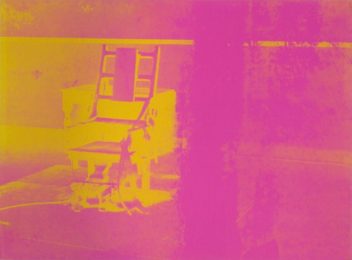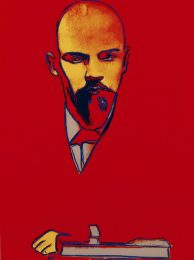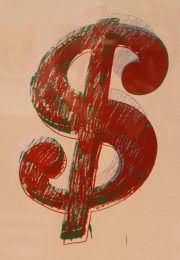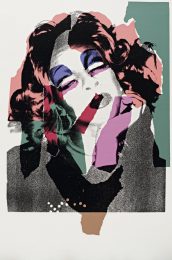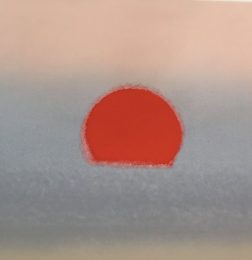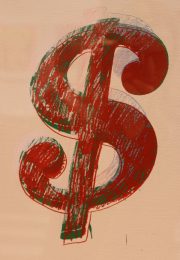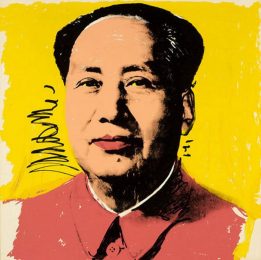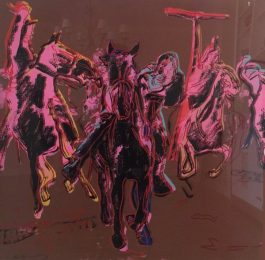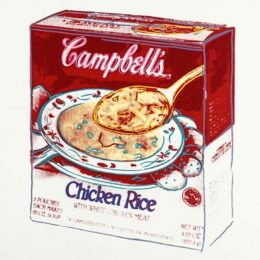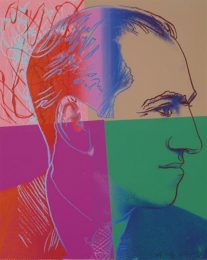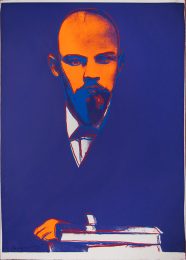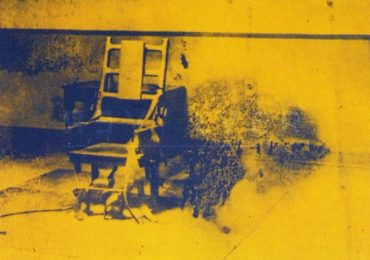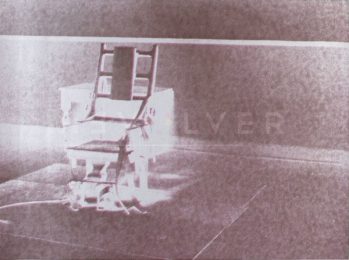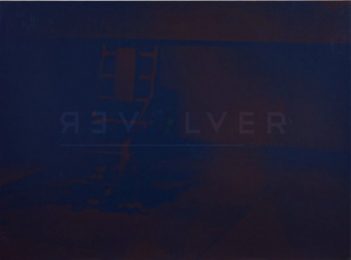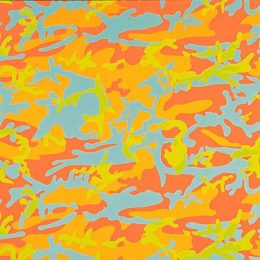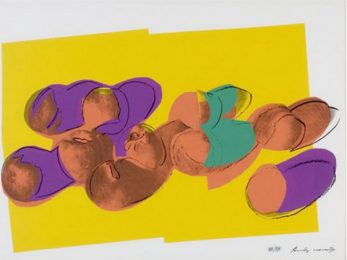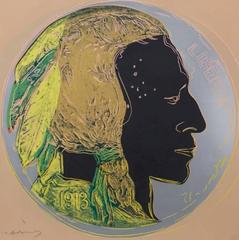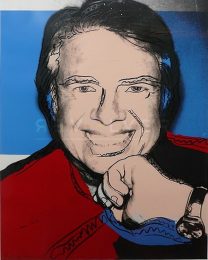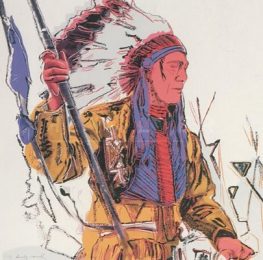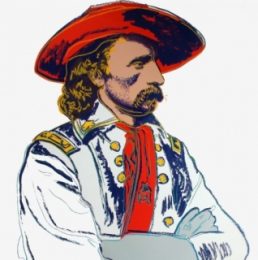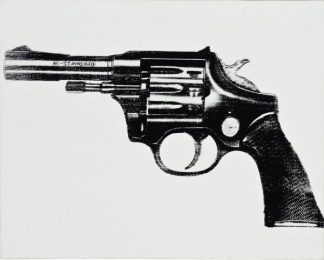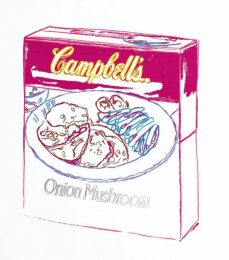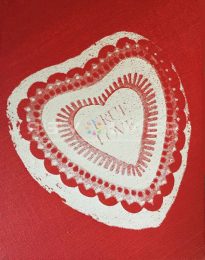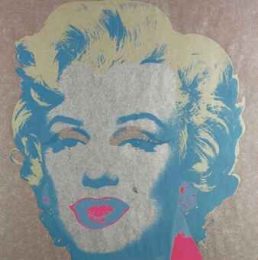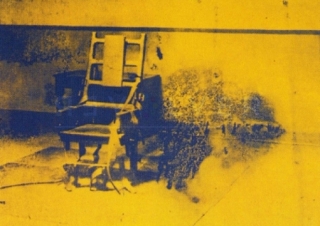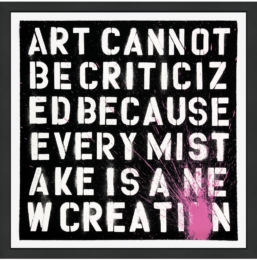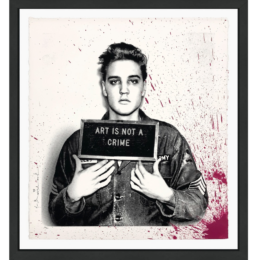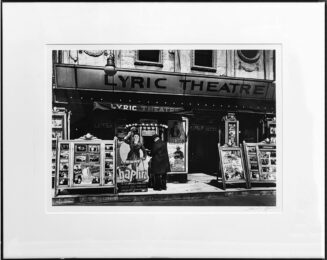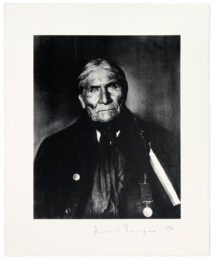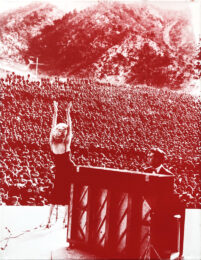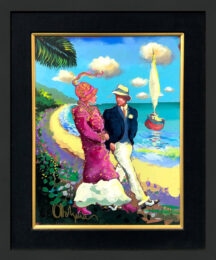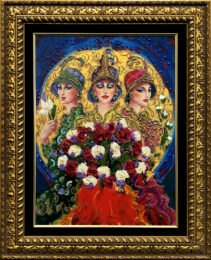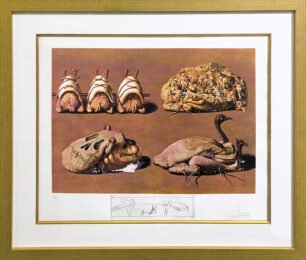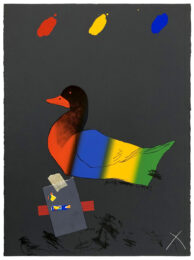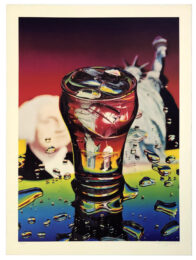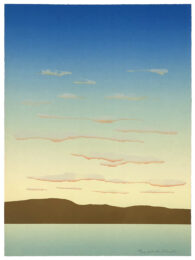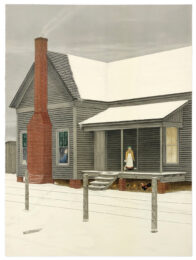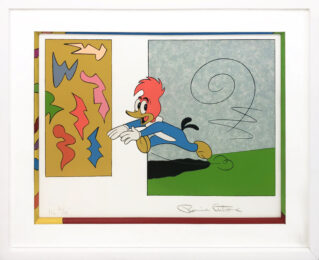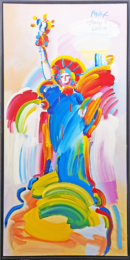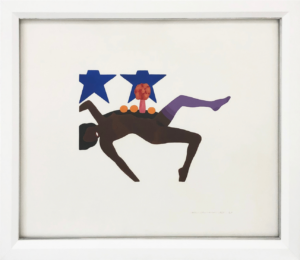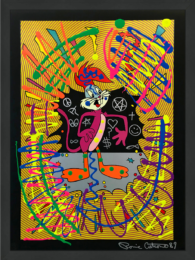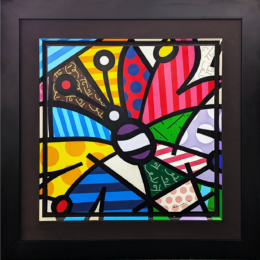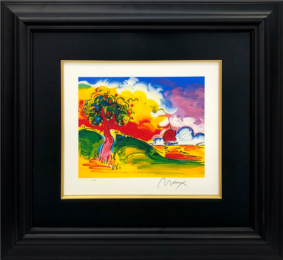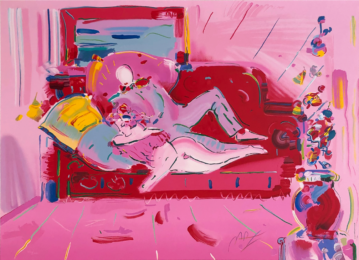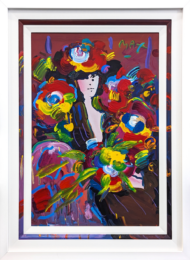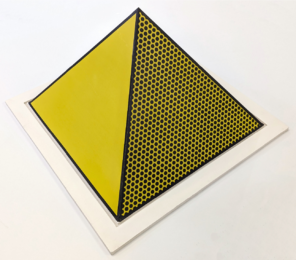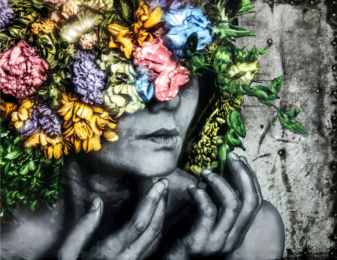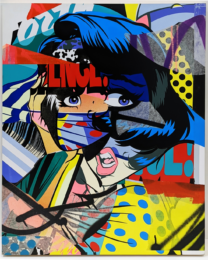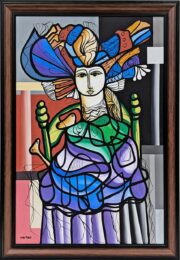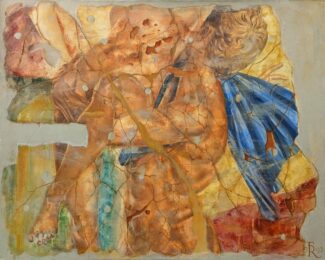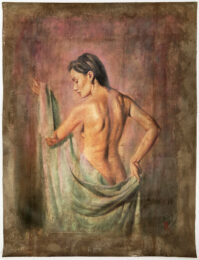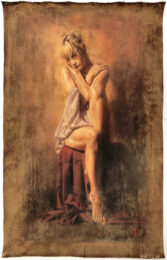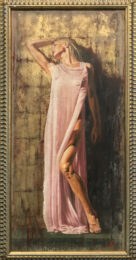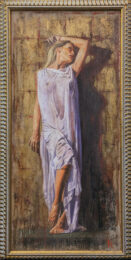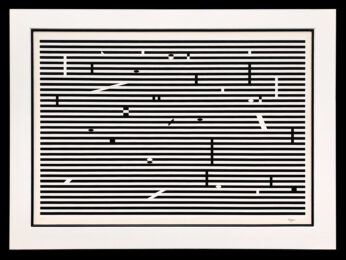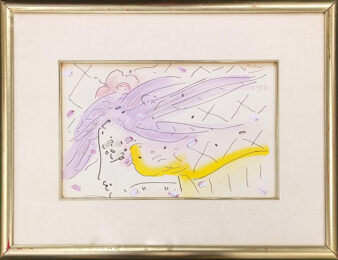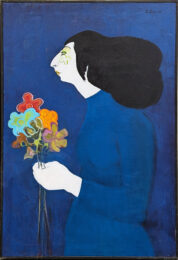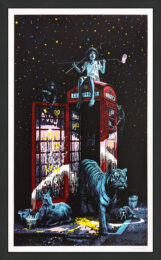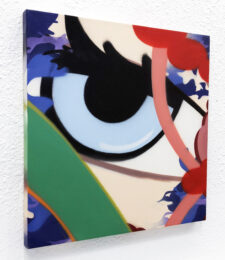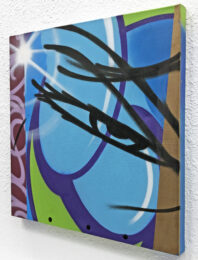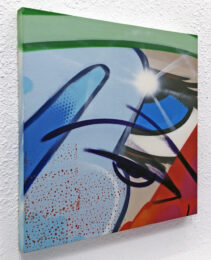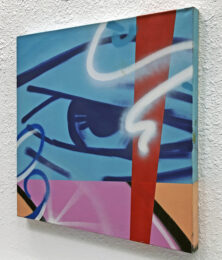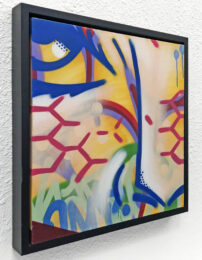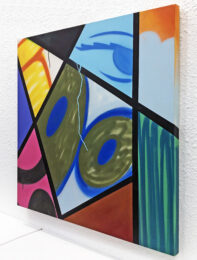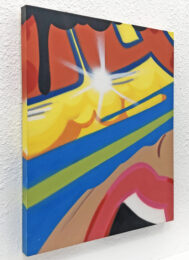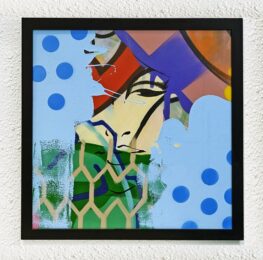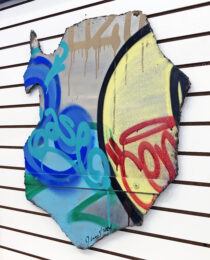Details — Click to read
John Wayne, from Cowboys and Indians. Screen print in colors on Lennox Museum Board. Hand signed by Andy Warhol. Annotated ‘UNIQUE’ (aside from the main edition of 250, 50 AP’s, 15 PP’s, 15 HC’s and 10 numbered in Roman numerals). Published by Gaultney Klineman, Inc., New York. Printed by Rupert Jasen Smith, New York.
Artwork size 36 x 36 inches. Frame size 41 x 41 inches.
Artwork is in excellent condition. Certificate of authenticity issued by Gallery Art included. All reasonable offers will be considered.
In Cowboys and Indians, Warhol interspersed recognizable portraits of well-known American heroes with less familiar Native American images and motifs. It demonstrates his ironic commentary on America’s collective mythologizing of the historic West. Rather than portraying Native Americans within their historical landscape, Warhol chose to portray a romanticized version of the American West. The West that he chose to represent is familiar to everyone and can be seen in novels, films, and television series. Warhol’s Cowboys and Indians suite is an ahistorical representation that mirrors a popular interpretation of the American West.
About the Artist: Andy Warhol (American, 1928–1987) was a leading figure in the Pop Art movement. Like his contemporaries Roy Lichtenstein and Robert Rauschenberg, Warhol responded to mass-media culture of the 1960s. His silkscreens of cultural and consumer icons—including Marilyn Monroe, Elizabeth Taylor, Campbell’s Soup Cans, and Brillo Boxes—would make him one of the most famous artists of his generation. “The best thing about a picture is that it never changes, even when the people in it do,” he once explained. Born Andrew Warhola on August 6, 1928 in Pittsburgh, PA, he graduated from the Carnegie Institute of Technology in 1949. Moving to New York to pursue a career in commercial illustration, the young artist worked for magazines such as Vogue and Glamour. Though Warhol was a gay man, he kept much of his private life a secret, occasionally referencing his sexuality through art. This is perhaps most evident in his drawings of male nudes from the 1950s, and later in his film Sleep (1963), which portrays the poet John Giorno nude. In 1964, Warhol rented a studio loft on East 47th street in Midtown Manhattan which was later known as The Factory. The artist used The Factory as a hub for movie stars, models, and artists, who became fodder for his prints and films. The space also functioned as a performance venue for The Velvet Underground. During the 1980s, Warhol collaborated with several younger artists, including Jean-Michel Basquiat, Francesco Clemente, and Keith Haring. The artist died tragically following complications from routine gall bladder surgery at the age of 58, on February 22, 1987 in New York, NY. After his death, the artist’s estate became The Andy Warhol Foundation and in 1994, a museum dedicated to the artist and his oeuvre opened in his native Pittsburgh. Today, his works are held in the collections of the Art Institute of Chicago, Museum of Modern Art in New York, and the Tate Gallery in London, among others. A major retrospective of Warhol’s work took place at the Whitney Museum of Art in New York in 2019.






